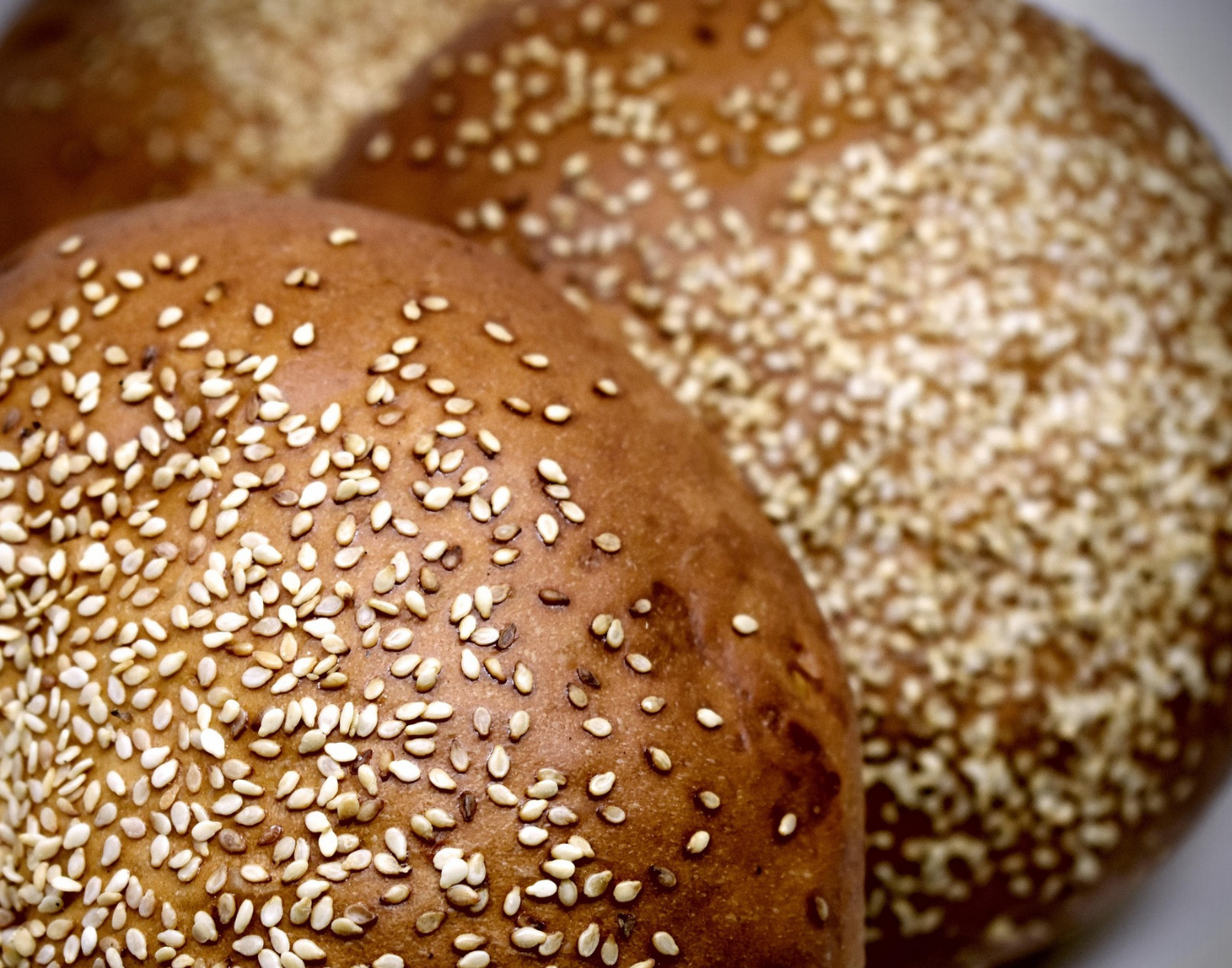A food allergy is when the body’s immune system mistakenly reacts to specific foods.. The food the body reacts to is known as the allergen. Most allergic reactions to food are mild, but some can be very serious.
If someone is allergic to something, simply taking it off their plate isn’t enough. Even a tiny trace of the food someone is allergic to can be serious. The only way people can deal with a food allergy is to not eat the foods that make them ill.
You can be allergic to any food but certain foods are responsible for most food allergies. In the UK, food businesses must tell you if they use any of 14 key allergens in the food and drink they make. This may be provided on a label, verbally or written on a menu.


